

Max Davies
2025 Toyota GR Supra Track Edition review
4 Days Ago

Senior Road Tester
While the just-launched Toyota GR86 might share more than a few parts with its Subaru BRZ doppelganger, underneath it’s got a bespoke tune by Toyota’s Gazoo Racing engineering team, led by chief engineer Yasunori Suezawa.
Although Subaru actually builds the new GR86 alongside its own BRZ sports car, Toyota’s contribution to its new-generation version of the twins extended its own development program for the car by almost a full year – which goes a long way to explaining why Toyota has launched the car more than seven months after the BRZ hit the road.
Importantly, it was none other than Toyota president Akio Toyoda who requested additional tuning improvements be made to GR86, after putting it through its paces at the likes of Fuji Raceway.
He told the engineering team on GR86 that more work was needed on the second-generation sports car to prepare it for proper track capability and be worthy of the GR badge.
MORE: Toyota GR 86 delayed because of BRZ similarities – report
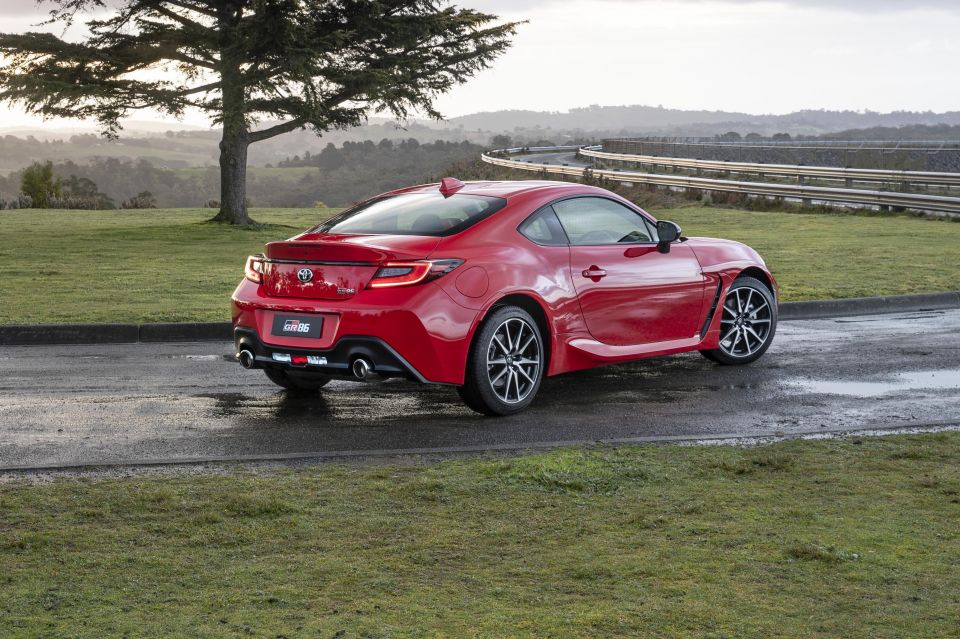
That’s according to Suezawa-san, who spoke with CarExpert exclusively at this week’s launch of the car at Phillip Island in Victoria.
“In terms of Toyota’s contribution to produce the GR86 from the new BRZ build, that period was about one year. We had to make changes to the dynamic performance of the BRZ,” he said.
“To tune the GR86 with the level of dynamic competencies we expected of the car, ended up as a six-month program, independent of the BRZ.
“Once Akio Toyoda put the car through its paces in Japan at locations including Fuji Raceway and Hakone Skyline, he came back to us with more changes he wanted made to the car from an enthusiast’s perspective, which pushed out GR’s development window to nearly twelve months.
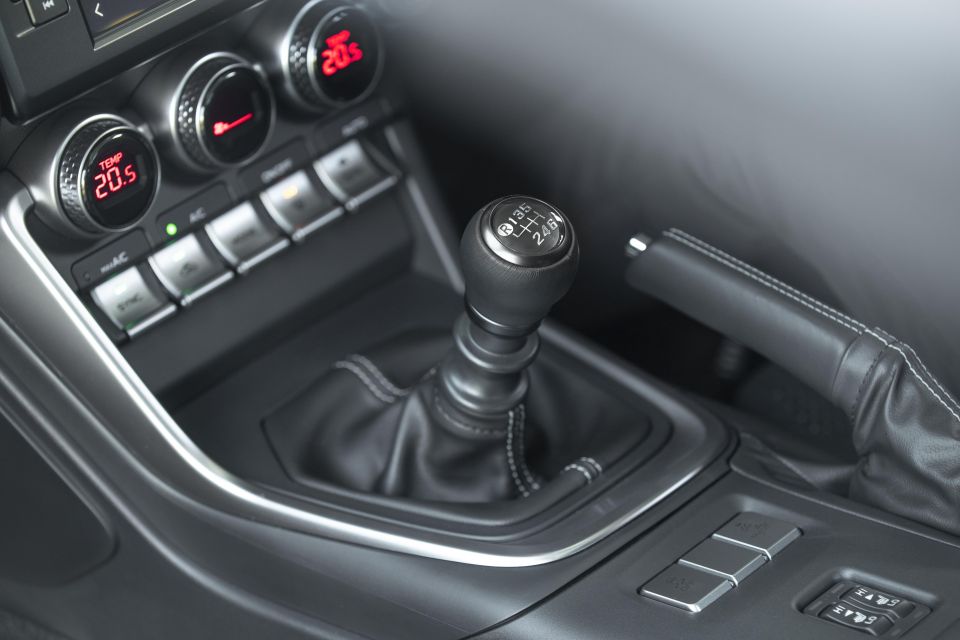
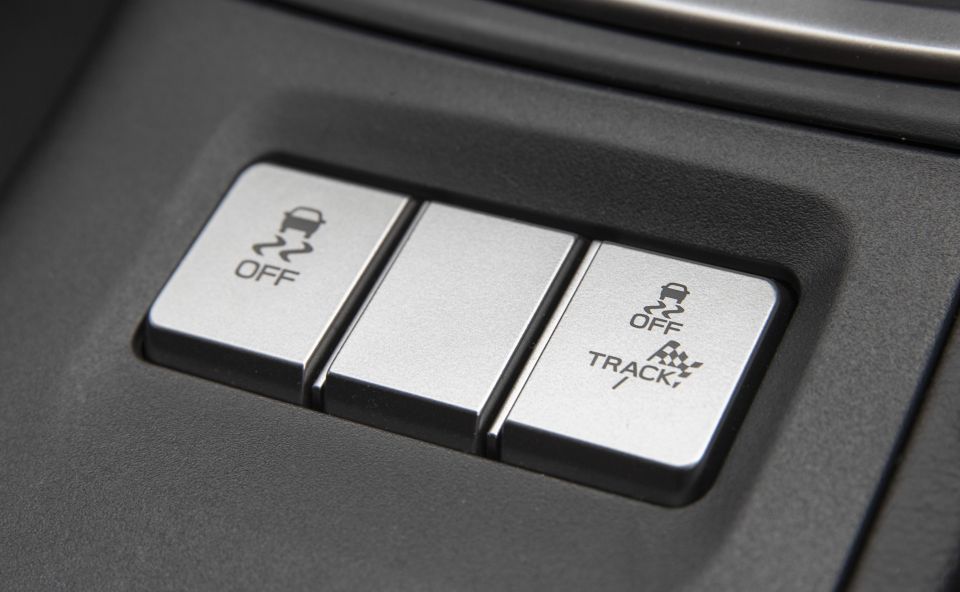
“Those engineering changes were threefold. First, we looked at the suspension, specifically, springs and stabiliser bars were changed in-line with the higher level of dynamic performance Akio required of the car.
“Critically, we also enhanced throttle response and the EPS (electric power steering) after the feedback from Akio Toyoda, who wanted the car to perform to like a genuine GR-engineered car, on road and track.”
Turbocharging has been a subject of discussion around the Toyota 86 even before it launched in 2012, when the brand revealed its FT-86 Concept at the 2009 Tokyo Motor Show. It’s been an ongoing debate with owners and enthusiasts alike ever since, and one that will likely continue.
In fact, Suezawa told us it was also considered at the outset of the development program with GR86, but once again passed over.
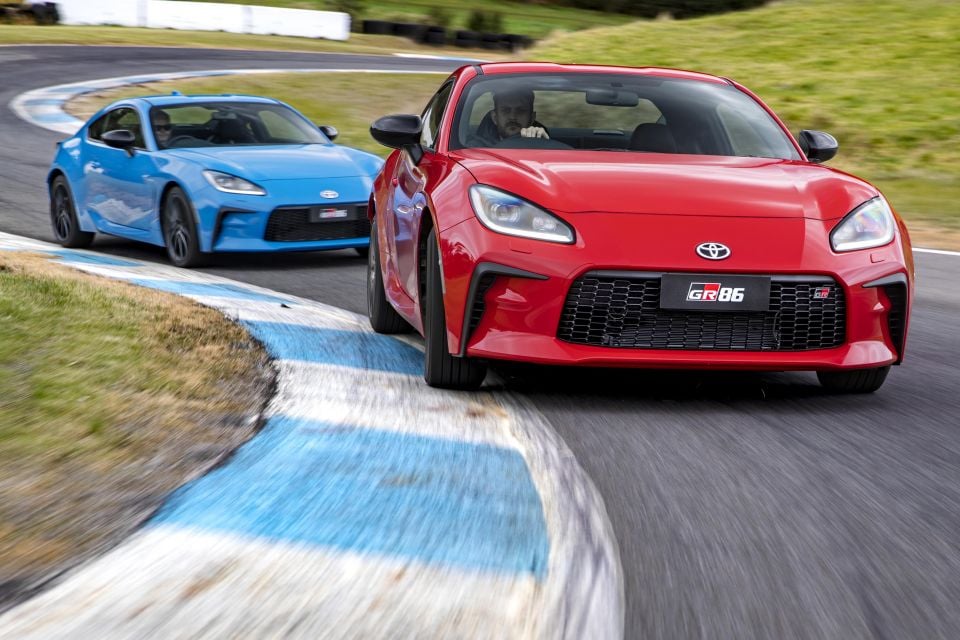
“We did discuss the option of turbocharging the GR86, but decided on continuing the naturally-aspirated engine (although larger) for two reasons.
“Adding a turbocharger to the 2.4-litre four-cylinder motor would have increased the car’s weight by 30 kilograms, and given the GR86 has a light kerb weight of just 1287kg in the base GT Manual, we didn’t want to add to that weight.
“Secondly, turbocharging means lag down low in the rev range and we much preferred the linearity of the power delivery from an aspirated engine, which is why we decided not to use turbocharging again.”
Interestingly, there’s also no rev-matching function for the new GR86, which we thought might been a feature on the latest generation, given its hardware and software is readily available to the Toyota’s engineering team.
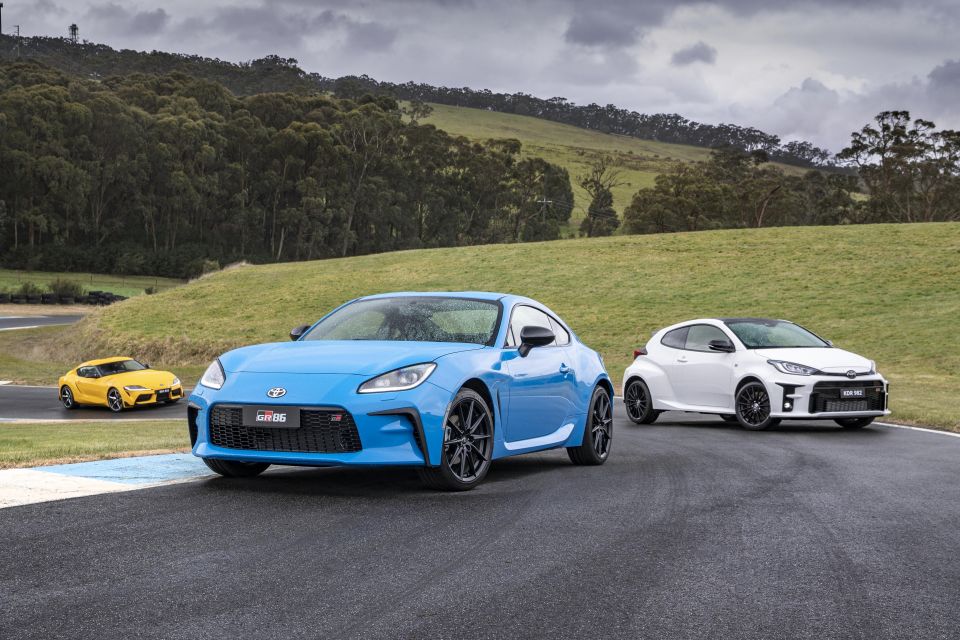
“We don’t have rev-matching on the GR86, and we didn’t have it on the 86 either, but both the module and software are available to us”, was Suezawa’s response to our query.
The rev-matching software is so good these days that even if you like heel-and-toe shifting (as this tester author surely does), you just end up reverting to auto blipping, simply because it’s so good and never misses a beat. Which is why we’d love to see it as a dealer option, perhaps.
MORE: Toyota GR 86 delayed because of BRZ similarities – report MORE: 2023 Toyota GR86, tight supply for 12 months, wait lists seem certain
Where expert car reviews meet expert car buying – CarExpert gives you trusted advice, personalised service and real savings on your next new car.


Max Davies
4 Days Ago


Neil Briscoe
3 Days Ago


Max Davies
2 Days Ago


James Wong
1 Day Ago


William Stopford
24 Hours Ago
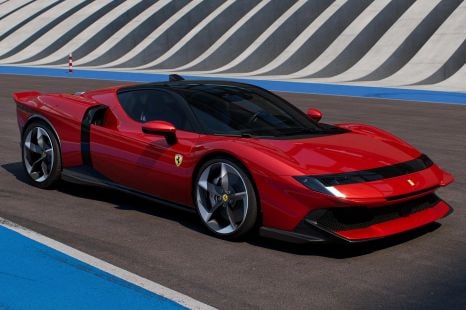

Gautam Sharma
7 Hours Ago